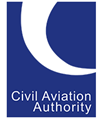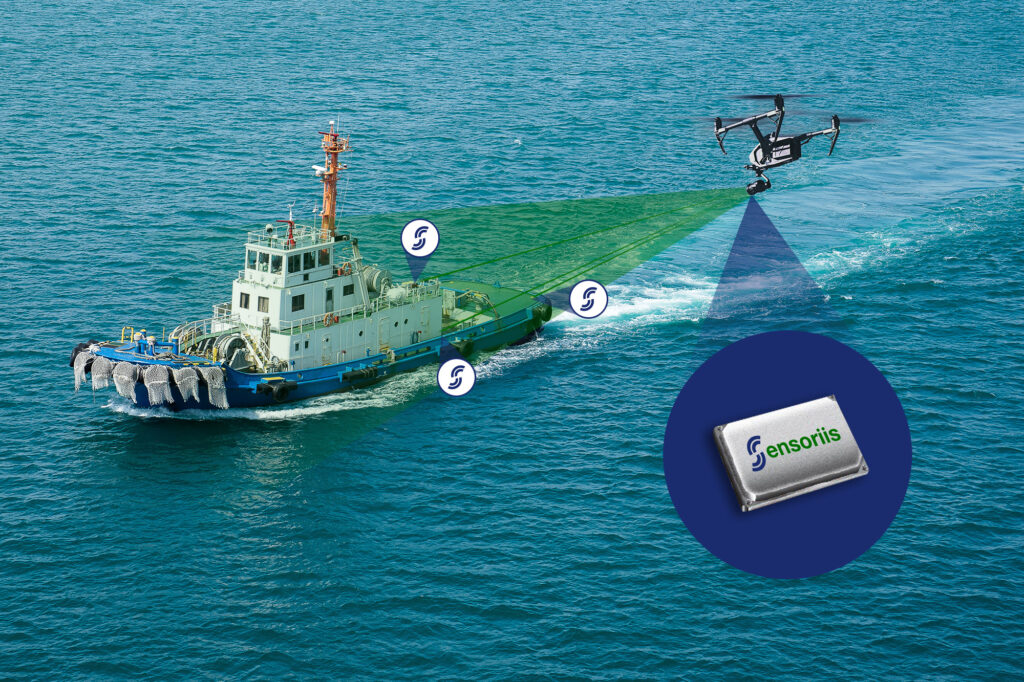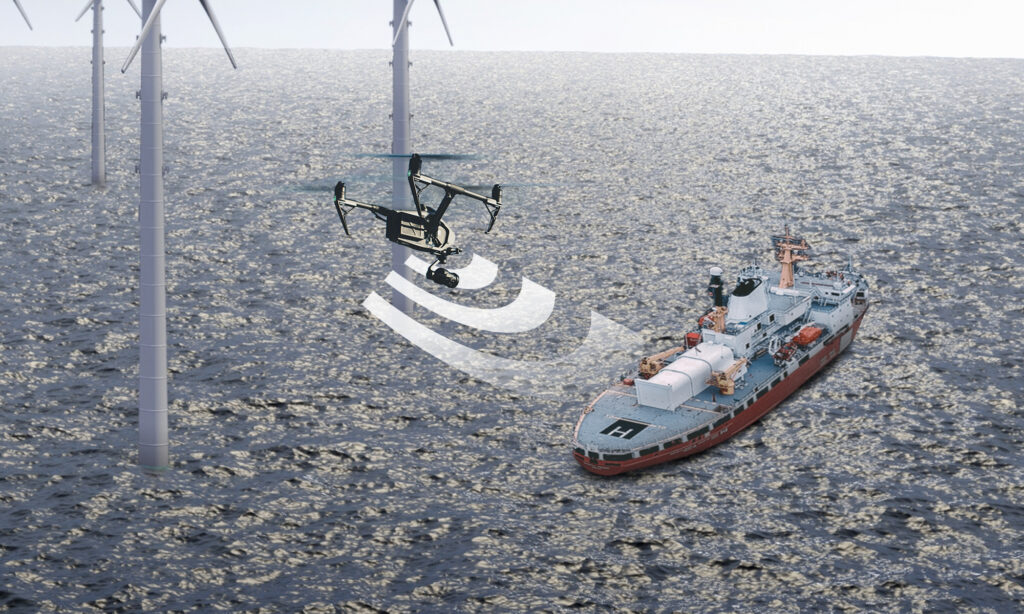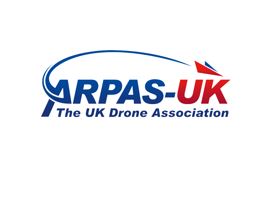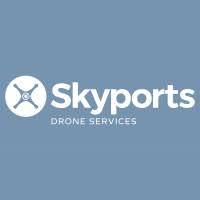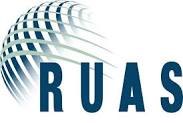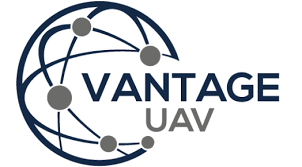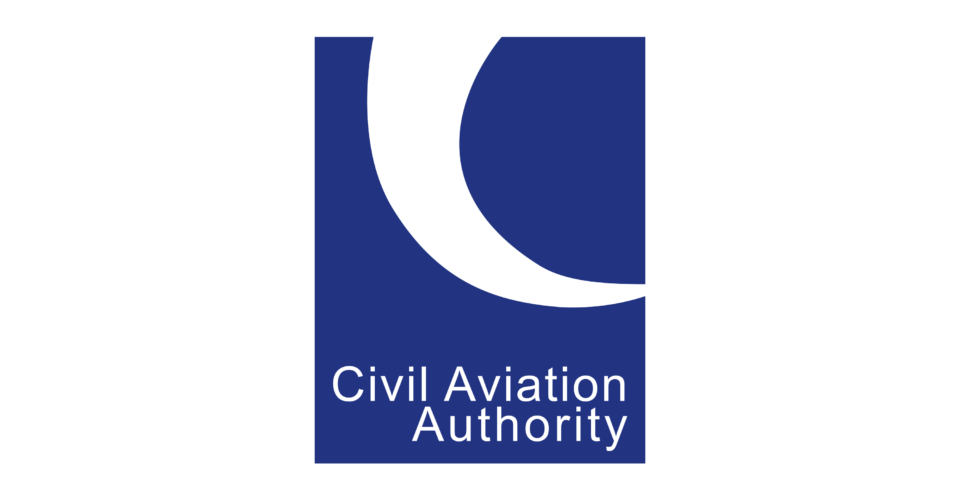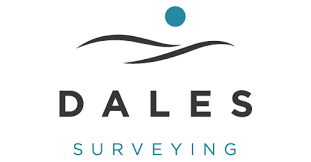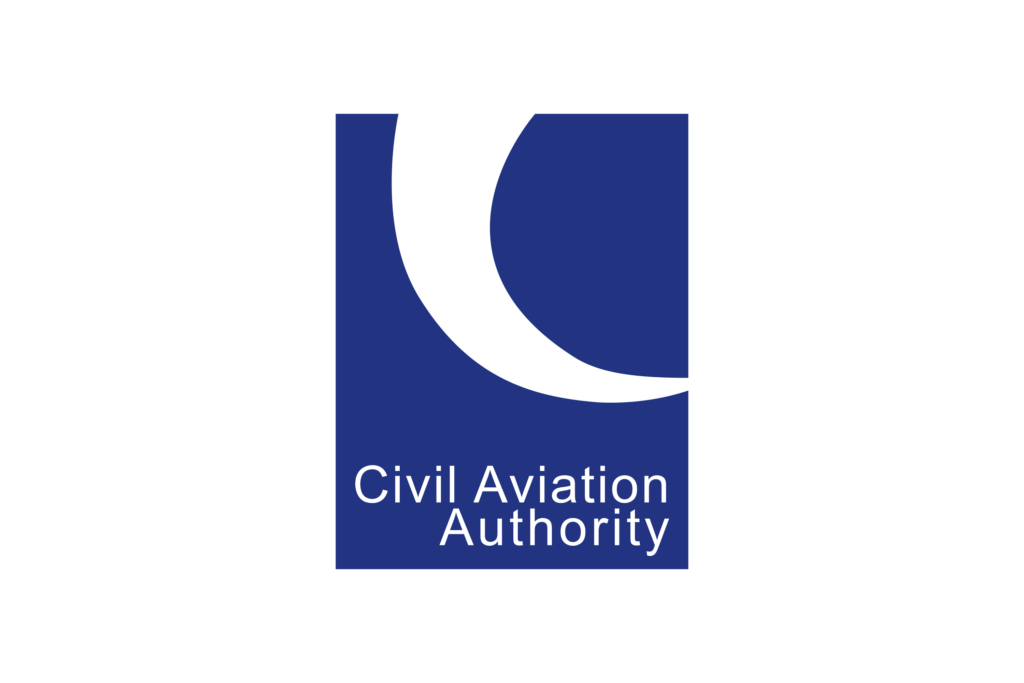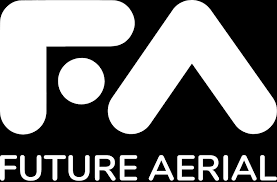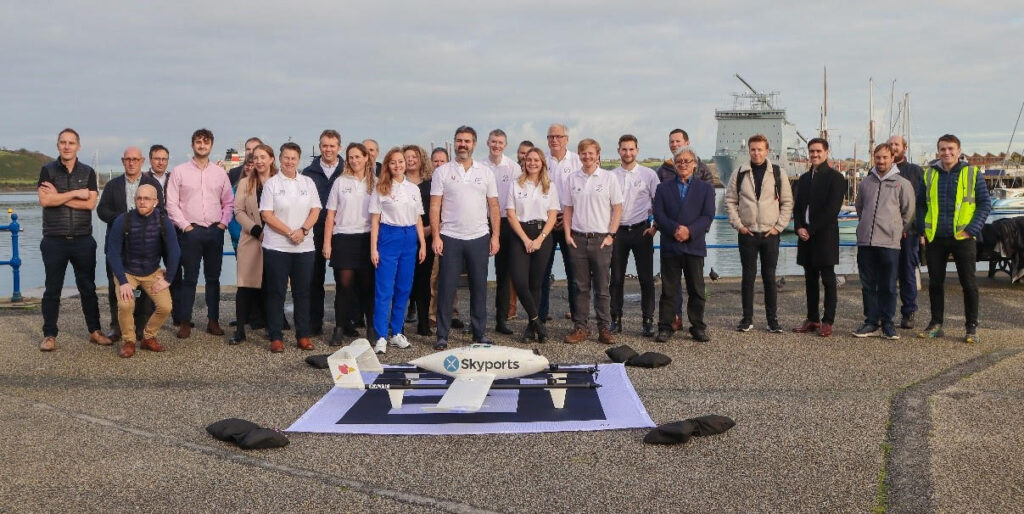Beyond launching the Drone Strategy 2.0 and providing key insights of the strategy to the participants the event was an opportunity for the European drone community to present and discuss progress towards making U-space a reality, and to explore the results of the SESAR 2020 programme of U-space research and demonstration projects.
Participants could also enjoy an exhibition of the latest industry innovations in urban air mobility and a U-Space showcase.
EC Launch event – Drone Strategy 2.0
DAY 1 – 29 November 2022
Moderated by Munish Khurana – Senior Manager ATM/UTM business development EUROCONTROL
Drone Strategy 2.0, intended to foster uptake of drone technology, while ensuring safety, security and social acceptance, was officially launched on 29 th Nov 2022
Overall assessment of Day 1 – well attended event, good networking opportunity in terms of organisations present (both the audience, as well as policymakers, and representatives of respective SESAR projects). Panel 1 – presenting a reasonable overview of where we stand in terms of objectives of the EC Drone Strategy 2.0, the political objectives (and timeline objectives), as well as the industry perception, expectations, and what’s feasible and necessary for a fully and well-functioning UAS & IAM ecosystem (still a disconnect between the political goal, and what is at this stage achievable in terms of technology; + concerns about the deliverability on the ground of U-Space services according to
implementation date of Jan 2023).
From ECA perspective, interesting to see an increased focus and concern about the security matters and some initiatives linked to this (now both industry openly referring to it, but also regulators – e.g. EASA and the European Trusted Drone Label).
The sustainability and improved CO2 footprint element also very present (not a surprise, looking at global EC strategy/priorities).
Introductory speeches: Commissioner Adina Valean
* Vast potential of technologies; services for citizens (mentioned support function for SAR, but also
military applications; made a reference to the war in Ukraine).
* Large segments of the industry still not mature; aim – unlocking more advanced parts of operations,
including transport of passengers
* Drone strategy 2.0 à 10 broad action areas; implementation of U-Space, to make sure all airspace
users (including manned) can operate safely in joint airspace; licensing rules, new training and
competencies requirements; rules for vertiports and landing pads; strategic drone roadmap
(identifying critical technology building blocks, e.g. AI); develop means of protection against malicious
drones (counter drone package; new European trusted label announced; certifying drones with high
security levels)
MEP Marian-Jean Marinescu
* Made reference to the initial drone framework on UAS (in EASA Basic Reg), and his critical/honest voice
there.
* Relatively happy with the Strategy 2.0; BUT, drones need to be managed properly, otherwise it might
cause a lot of problems
* Some items need to be addressed in the upcoming legislation:
* Utility – we need to prove that this technology would be useful for the people; investigate sectors
where such technology would be useful
* Provide SAFETY; how we design and manufacture the systems in order for them to be safe
* SECURITY – a system that could be damaged via different interventions very easily
* OPS management – now, certification of the operation type; it will require further regulatory work;
how this certification is being delivered, especially once it’s in application for larger vehicles that
will use high level of automation
* Public acceptance – many are looking for the technology to be available in urban airspace but once
the technology created noise disruption – the perception might quickly change
Daniel Wiegand – co-funder & chief engineer; future programs and innovation, Lilium
Industry committed to implementation of Drone Strategy 2.0
* High speed air mobility – a priority; connectivity for communities; time savings, avoiding CO2
emissions
* 1.1 billion in venture capital
* Thanks to Drone Strategy – Europe at the forefront of development of regulatory framework
Contribute to decarbonisation of the industry; boosting technology development (e.g. batteries
etc);
* Lilium sees the strategy as an opportunity for Europe to take a lead globally; the strategy needs to
be implemented (first – companies must get speedy access to EU funds; second – rules need to be
harmonized and proportionate; third – need to cooperate with international partners as this is a
global market; regulatory frameworks needs to be aligned)
* The Strategy as a Blueprint for other governments around the globe
Innovative solution, but not only unmanned; also electric VTOL aircraft, with pilot on board; more
automated VTOL flights
* Would have preferred another name for the strategy – e.g. Innovative air mobility
Amendments of ATM rules will ensure safe integration of new air mobility; airspace shared
between conventional aviation and new technology
* Importance of continued funding; closing funding gap for mid-size companies; crucial for
development of technology
Panel I: Innovative air mobility
Moderated by Henrik Hololei
* Unique opportunity being part of creating something new
* Promising area although not yet fully explored – transport of goods and people with eVTOL
* In the years to come, not only addressing airworthiness of the eVTOL, but also pilot licensing, vertiport
specifications; ops standards etc etc
* Supporting sustainable implementation; creating bridges between aviation and non aviation stakeholders
(city authorities etc)
Patrick Ky – EASA
* We need to make sure we are creating conditions for the industry to start; need to have strong
policy for Europe to champion; all elements of the Strategy are essential
* Does EASA have the resources to accompany the industry? Patrick – currently, the UAS section
about 20 people; if the industry continues to steal our best employees – we might indeed struggle
(ha ha… a joke, in reference to Alexandra, who recently left EASA for Wing)
* Societal acceptance – how to get the citizens buy in? acceptance rate of IAM – above 80% were
supportive, according to EASA survey (nb 1 concern – safety, the first day there is an incident, and
let’s face it – it will be, we will need to jointly managed, explaining it is an isolated one); Mentioned
the IAM hub – an IT platform designed to show/explain what IAM means, the new corridors etc;
available for professional users (e.g. city planers), but also for the citizens
* Gave example of high power-line works; for some emergency sites, you could quickly send a drone
to e.g. a fire site, and providing firefighters info on how and where the fire is developing
* Will U-Space be implementable from January 2023? EASA created a group, to walk the talk, ANSP,
regulators, to accompany them in the implementation.
* 2 years horizon? In urban space YES, but implemented in a proportionate matter; citizens do not
want millions of drones above their heads
Christian Struwe – now Volocopter; head of global policy and regulatory affairs
* Did Europe got it right? Europe has got a handful of companies that already are ahead of the
game; Funding – what are you missing most? Indeed, there are funding opportunities – SESAR,
Horizon; important to look at where do we identify the opportunities; Investment in technology &
research – made a reference to batteries in specific (research); in case of aiming for extended
range etc – we need the batteries to develop
* Testing in cities – public test flights; with audience; in Paris and Rome; it’s a technology you need to
see and experience to be supportive of it; Henrik – seeing is believing
* Question about financial competitiveness for taxi – end game comparable to premium taxi
services; it needs to be affordable and available, not only for the elite
* What are the main obstacles, regulatory part is on a good track; still – main work lies with the
cities, integration of the technology with the cities; building citizens trust etc. Talked about the
infrastructures and for example the possibility for this technology to replace some infrastructure
elements like bridges, roads etc.
* In 5 years – Volocopter will be a provider of urban transport in 20 cities, around the world;
Alexandra Florin – former EASA, now Wing (drone delivery at scale)
* Why Helsinki as a launch for Wing? She referred to extreme temperatures, but also the helpfulness
of the regulator
* What are the trails and tests, are these affected by wx? Still testing for winter conditions; the
operational envelope will not be 24/7; operational limitations that will be respected (mainly driven
by batteries and low temp); learning a lot by testing the systems in various environments
* Question about citizens buy-in – experience always the same, wherever they test – technology that
people don’t know – they are cautious, but one year after testing, they are becoming more
convinced; a lot of preparation goes in for public acceptance, it’s not from one day to another,
average of 6 months prep. Before ops. are being launched; starting with a short demo etc.
* At the moment – delivering food; a/c entirely electric, 6kg heavy, impact on environment in
comparison to car delivery of food – is significantly lower
* Impact on small business, small companies – gace an example of experience they had in Australia;
workers doing work on sites; companies sometimes missing small items
* What do you see as limitations to the ops? We don’t have a market, in Europe; Very different in
e.g. Australia; need to scale up. U-space – need to ensure that it is cost efficient; UAS industry
needs a good start of U-Space, and its implementation in a harmonised way.
* A lot of pressure from investors, who have put money in; about the question of Henrik, where will
Wing be in 5 years? Wing does not have 5 years; some goals need to be achievable immediately;
she talked about a 2 years horizon
Jacek Wozniakowski – Dir at Socio-Economic Development at Silesian and Zaglebie Metropolis (cities/municipalities)
* What should cities do more to make testing a reality, and show their openness for the air mobility?
Community of cities and regions doing its best to facilitate the opportunities for this technology
Obstacle – local admin. living & functioning in bubbles, struggling with local tasks (mobility etc);
when talking about integrating new air mobility to the existing infrastructure
* Innovative air mobility must be an integral part of the urban mobility strategy
* Currently working on medical transport; because of public acceptance
* Probably an important element is accessibility and cost
* Noise – cities are already polluted with noise, so certainly an issue; but referred to PL specific
problem – air pollution, and the role that IAM could play there
* On IAM HUB – addresses one of the main concerns, the comprehensive information; mentioned the drone school that was developed in Poland; teaching local authorities on what IAM would mean; the HUB will help cities to fill this Drone School with content; or would 2 years horizon? Cities that are less polluted, filled with widely accessible, sustainable services
Panel II: Innovative aerial services
Moderated by Filip Cornelis – Director for aviation DG MOVE
Elisabeth Landrichter – Dept Dir.Gen Transport, Fed. Ministry for Climate Action, Envi, Energy, Mobility, Innovation,
technology (Austria)
* What are the advantages of EU regulation? Naturally – the harmonisation aspect.
Erik Linden – Founder, Orbit Management Services & Aerospace Cluster Partnership, European Aerospace Cluster
Partnership; EACP
Philippe Boyadjis – Vice President, Joint European Drone Associations – new initiative aimed at coordinate UAS industry (since 2021)
* Referred to visible fragmentation of the drones’ services and a need for a coordinated EU action in
this field
* Drone manufacturers and operators need to speak and communicate with each other, in order to
be efficient
Manual Lebail – director quality, validation, certification, Parrot
* What are the most challenging aspects coming from the Strategy? (Cyber, standards, European
Trust Label?) In the design phase – they are designing their products in a framework that is
constantly moving; and that’s not easy; Strategy 2.0 can help by identifying key strategic
technologies that need to be developed (D&A, obstacle avoidance, AI, cyber etc); in the testing
phase – the testing cannot be taking place in an isolated environment, e.g. on isolated fields; it
needs dedicated test sites.
* Cyber – not everyone an expert, but looking at today’s challenges – an increasing need for a
secured way for data storage; referred to European Trusted Drone Label – drones that are safe AND
secure
Panel III – Strengthening European civil, security and defence industry capabilities and synergies
Francois Arbault – DG DEFIS, Director for Defence Industry
* As reconfirmed from Feb 2022 – unmanned systems playing significant role in defence & security
domain;
* Convergence of civil and military – crucial how we can converge the two, and how the regulator
can support here; crucial aspect of cross-coordination
* Strategic autonomy is absolutely crucial in the future, and that’s also applicable for the drones; our
solutions, in Europe, will need to be competitive; future technologies that will be absolutely crucial
* cyber, cloud technologies, AI.
Ioannis Papachristofilou – Airbus Defence and Space
* Innovation increasingly coming from the civil sector; From that, possible advantages for the
military, on the far horizon; synergic path; working together both in the civil AND military
Emilio Fajardo – EDA
* While EDA sees a need for a strategy and supporting the innovation and industry – the military
believe it is crucial to keep a balance, and maintain the safety, security in the loop
* Military can also be helpful in the societal acceptance, as well as delivery of technological
roadmap. Not to mention the security aspect; testing and demonstrations – working on creating a
network of centres of excellence at the moment, so could be useful in supporting accessibility of
test sites/centers
Laurent Muschel – DG HOME
* C-UAS – a very dynamic sector, DG HOME trying to support member states in identifying and
determining which technologies are available out there, and which are providing what level of
protection; C-UAS systems testing;
* From 2023 – it is envisaged to develop a more comprehensive European counter UAS programme,
looking at all aspects, from physical protections of the building, to C-UAS, new type of counter
measures
DAY 2 – 30 November 2022
Part I of Day 2 was to present all the work directly done by SESAR, giving an overview about very large scale demonstration project results and showcasing U-Space Digital Sky Demonstrators. Part II did cover the regulatory and standardisation aspects.
European drone standardisation and regulatory framework
Nicolas Eertmans, Policy Officer, DG MOVE, European Commission
* Risk-based, operations-centric UAS framework, which is adapted to each type of operations but is rather
complex.
* More guidance is needed (IAM hub will be a good tool in that respect). It is important to deliver Guidance Material.
* For Performance-Based Regulation and interoperability purpose standards are needed and it takes time to develop them.
* The big plus is to have a single framework at European level (e.g. creating the open category)
Too early for some lessons learnt as U-Space regulation will only enter into force end of Jan 2023
Stephane Vaubourg, U-space Project Manager, EASA
* Quick revision of GM/AMC and potential adjustment of U-Space reg. will be needed. The process will already start in 2023 (18 to 24 months timespan)
* USSP certification will be based on performance-based requirements
* International coordination of regulatory and standardisation activities is key (the Agency chairs a Coordination Group) so that European companies are able to compete worldwide
* The Agency monitoring, following and expecting a lot but let the industry coming with solutions (do not want to be prescriptive)
Robin Garrity, Senior External Affairs Officer, SESAR 3 JU, presenting on behalf of EUROCAE
* Purpose of standardisation is to allow deployment
* Mix of top-down approach when there is a standardisation need and bottom-up approach
WG-105: scope
* Complementing the UAS regulatory framework with performance-based standards
* Link with R&D to support deployment of new technology
* Coordination with other stakeholders
* WG-105: currents activities è Detect & Avoid, enhanced RPAS automation, C3, spectrum and security, design and airworthiness, SORA)
* Trying to increase interoperability, cannot be made in isolation (50% WG jointly led with RTCA)
Panel discussion: Implementing U-Space
Antoine Martin, Chargé de Mission ATM avancé, Direction Générale de l’Aviation Civile (DGAC)
* Where do we come from? Mid 2010s drone mainly seen as an annoyance, not as a business opportunity.
* Adoption of a nat. regulation in 2012
* A lot had been already performed from 2013/14 (services and data, etc.) about how to support drones
operations in the airspace
* Wish to build U-Space in a very open and collaborative manner, intention from the very beginning
Step 1 = Many UTM Together experiments all across the country
Step 2 = UTM Together starting in 2023 with the deployment of pre U-Space large-scale demonstrators
USSP/CISP certification process has been opened
CIS: model of provision to be defined , case-by-case study
U-Space airspace request (localised U-Space airspaces)
Joint civil-military designation
Ing. Carmela Tripaldi, R&D New Technologies and Aerospace Director, Italian Civil Aviation Authority
Italian strategic AAM Plan 2021-2030
* Key enablers: regulation, technologies, infrastructure, public acceptance
* Drone market is growing but unfocused market
* 8 identified clusters to enable a new eco-system and accelerate its establishment
* Bringing together key regions and municipalities (MoU)
* Initial drivers: public funding to maintain the affordability of U-Space ops, research local needs (new market for mobility), regulatory sandboxes (pilot projects)
* Centralised model of U-Space: single CISP= ENAV (certification process ahs started)
* Dual use of U-Space with the integration of military/State drones
* The U-Space implementation plan should be completed by early 2024
Dr. Jan Dirks, Federal Ministry for Digital and Transport, Germany
* National drone policies & legal framework è government Action Plan with 3 main objectives
* Ambition to become the leading market in Europe with high safety standards
* Protect personal data, privacy and environment
* Full automated and interconnected flying in practice
* Concept of geographical zones help a lot! It gives the necessary flexibility
* U-Space reality lab, in Hamburg: very useful for UAM, happy about the tool
* Single CISP when U-Space will be implemented (believe it will be very difficult more than one)
* GM/AMC do help but still many blind spots
* An Expert Group has developed a concept which was then submitted to the legal department to shape the future national law
* Declaration of conformity will be mandatory
* Working on a Mobile Communication strategy
“High demand U-Space only approach
* First U-Space will be up and running by end of 2023, early 2024
Marina Estal Muñoz, Head of Airspace Policy Area, Subdirección General de Aeropuertos y Navegación Aérea, Dirección General de Aviación Civil, Spain
* Plan for the implementation of U-Space = PANDU (published in June 2022)
* The plan set 4 objectives, arranged in line of action and specific actions
* Single CISP to be established
* Mix of top-down and bottom-up approaches
* Working to adapt the European regulations to the national situation and needs
Roles (article 18.f.)
Competent Authority
U-Space design criteria
Procedures
* Next challenge is to designate the 1st U-Space airspace (should happen quite soon)
* What’s next on the agenda for U-space/ UAM ?
Joachim Lücking – DG MOVE, Head of Aviation Safety Unit
* Drone Strategy 2.0. points to the need to implement what has been already worked out
An important point is pricing: it is a key element for the fair and harmonised implementation of U-space across the Union, and the development of a competitive European market for drone services, is the pricing (and related oversight) of the Common Information Services (CIS), as well as the pricing of access to data necessary for such services. The SES2+ recast proposal of the Commission proposes to establish clear pricing and data sharing rules necessary for the development of the U-Space market, thus its adoption by the Union legislator should take place without undue delay.
The strategy also presents the vision we should move away from today’s situation (segregated airspace)
towards an integrated airspace
There is a need for more research on a number of building blocks
Need to revise quite soon the U-Space regulation (this was a first attempt to make it right)
Maria Algar Ruiz, EASA Drone Programme Manager
* We need a common standard for CISP interface
* Connection needs to be standardised, be it for protocols and/or messages
* We need Common Altitude Reference system (ICARUS)
* We need to gain more experience and get more feed-back to assess how far we can go with
services, create new services, scale-up.
* We need to learn from military and work closely with them
* First reg + first AMC/GM but still many question marks (e.g. where is the market? How to establish
the demand?)
* We need to put a lot of effort in supporting NAAs to deploy U-Space, we need to go the next
stage
Christophe Vivier, Head of Single Sky Europe, European Defence Agency (EDA)
* 3 main objectives from military perspective
* Maintain the same level of safety so that mil operations are still possible at low altitude
* Guarantee security of critical assets / infrastructure
* Identify and quantify all challenges and how much resources will be needed to address them
* Strategic level = ATM Master Plan = SIRA
* Technical level: needs to identify specific projects (e.g. iConspicuity, Dynamic Airspace Reconfiguration and interoperability / data exchange with newcomers (e.g. USSP)
* Significant progress made since Warsaw Declaration (2016)= military mentioned once in the entire doc… *Room for improvements: put more focus on the certified category + find the right balance between ambition and realism.
Andreas Boschen , Executive Director, SESAR 3 JU
* Let’s put our money where it is really needed (additional targeted research) and roll out the rest
Closing keynote
MEP Jan-Christoph Oetjen (Liberal, Vice-President TRAN Committee)
* USSPs + CISPs: we should encourage competition and innovation
* Appropriate financial resources should be provided both by public and private sectors in line with
SSMS
* Access to drone ops should be made easier, avoid bureaucratic approach (licencing, etc.)
* Same level of safety should be guaranteed
* Affordability is a must
by Aleks Kowalski
November 2022

